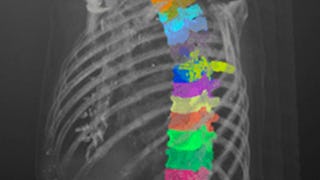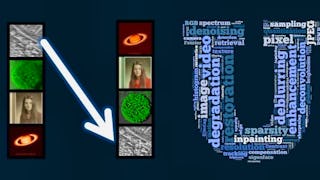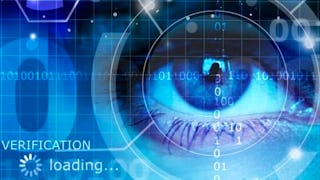In this introduction to image processing, you'll take your first steps in accessing and adjusting digital images for analysis and processing. You will load, save, and adjust image size and orientation while also understanding how digital images are recognized. You will then perform basic segmentation and quantitative analysis. Lastly, you will enhance the contrast of images to make objects of interest easier to identify.

Unlock access to 10,000+ courses with Coursera Plus. Start 7-Day free trial.

Introduction to Image Processing
This course is part of multiple programs.



Instructors: Amanda Wang
26,085 already enrolled
Included with
(197 reviews)
Recommended experience
What you'll learn
Perform analysis on a variety of common image datatypes & recognize their strengths and limitations
Detect objects and regions of interest using intensity-based & color-based image segmentation
Improve image contrast using a variety of modern algorithms for different use-cases, such as low light or fog
Complete a project where you analyze Antarctic ice melt in satellite images
Skills you'll gain
Details to know

Add to your LinkedIn profile
6 assignments
See how employees at top companies are mastering in-demand skills

Build your subject-matter expertise
- Learn new concepts from industry experts
- Gain a foundational understanding of a subject or tool
- Develop job-relevant skills with hands-on projects
- Earn a shareable career certificate

There are 4 modules in this course
What's included
3 videos4 readings1 assignment1 discussion prompt
What's included
2 videos4 readings3 assignments1 app item1 discussion prompt
What's included
3 videos4 readings1 assignment1 app item2 discussion prompts
What's included
4 videos4 readings1 assignment1 app item1 plugin
Earn a career certificate
Add this credential to your LinkedIn profile, resume, or CV. Share it on social media and in your performance review.
Offered by
Explore more from Electrical Engineering
 Status: Free Trial
Status: Free TrialMathWorks
 Status: Preview
Status: PreviewMathWorks
 Status: Preview
Status: PreviewNorthwestern University
Why people choose Coursera for their career




Learner reviews
197 reviews
- 5 stars
83.33%
- 4 stars
14.64%
- 3 stars
0.50%
- 2 stars
0%
- 1 star
1.51%
Showing 3 of 197
Reviewed on Aug 19, 2023
Course was tailored in such a way that we can understand easily
Reviewed on Jun 7, 2022
a very good introduction to image processing using MATLAB and its in built image processing toolbox.
Reviewed on Feb 28, 2025
this is a very good beginner course that introduces several useful image processing techniques.

Open new doors with Coursera Plus
Unlimited access to 10,000+ world-class courses, hands-on projects, and job-ready certificate programs - all included in your subscription
Advance your career with an online degree
Earn a degree from world-class universities - 100% online
Join over 3,400 global companies that choose Coursera for Business
Upskill your employees to excel in the digital economy
Frequently asked questions
Yes. A free license is available to learners enrolled in the course. You must have a computer capable of running MATLAB. You can view the system requirements here.
To access the course materials, assignments and to earn a Certificate, you will need to purchase the Certificate experience when you enroll in a course. You can try a Free Trial instead, or apply for Financial Aid. The course may offer 'Full Course, No Certificate' instead. This option lets you see all course materials, submit required assessments, and get a final grade. This also means that you will not be able to purchase a Certificate experience.
When you enroll in the course, you get access to all of the courses in the Certificate, and you earn a certificate when you complete the work. Your electronic Certificate will be added to your Accomplishments page - from there, you can print your Certificate or add it to your LinkedIn profile.
More questions
Financial aid available,





